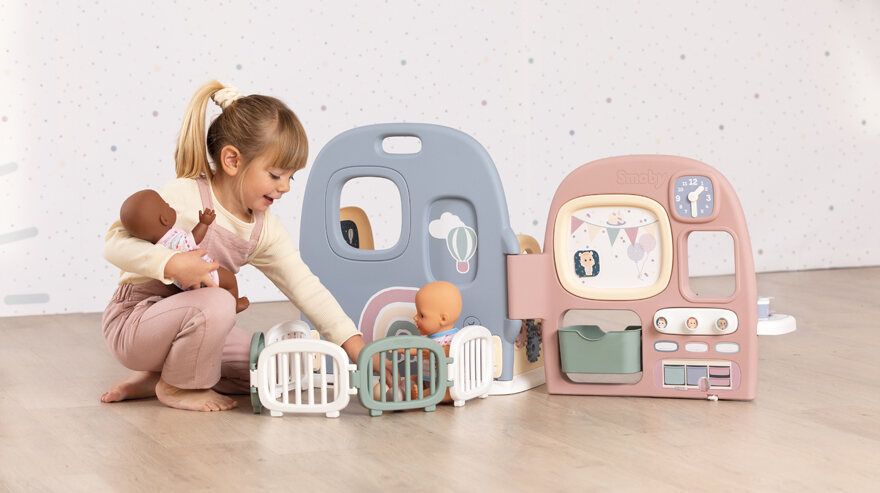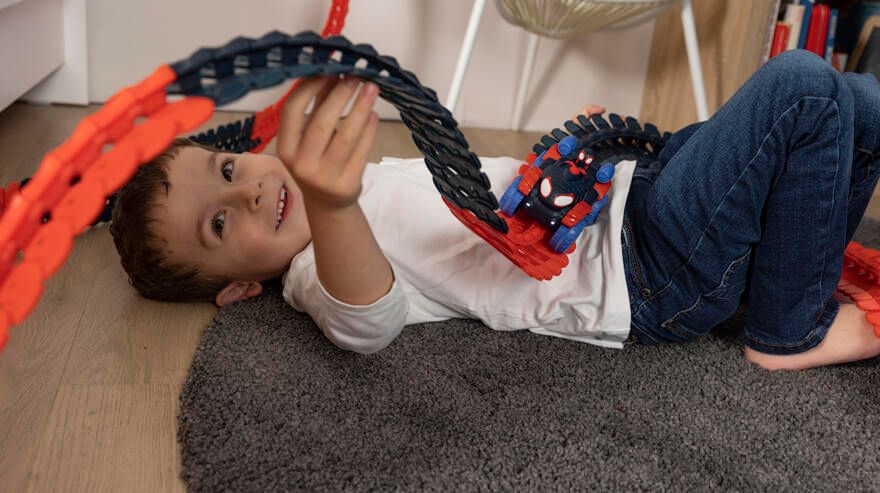Exciting games with sensory toys
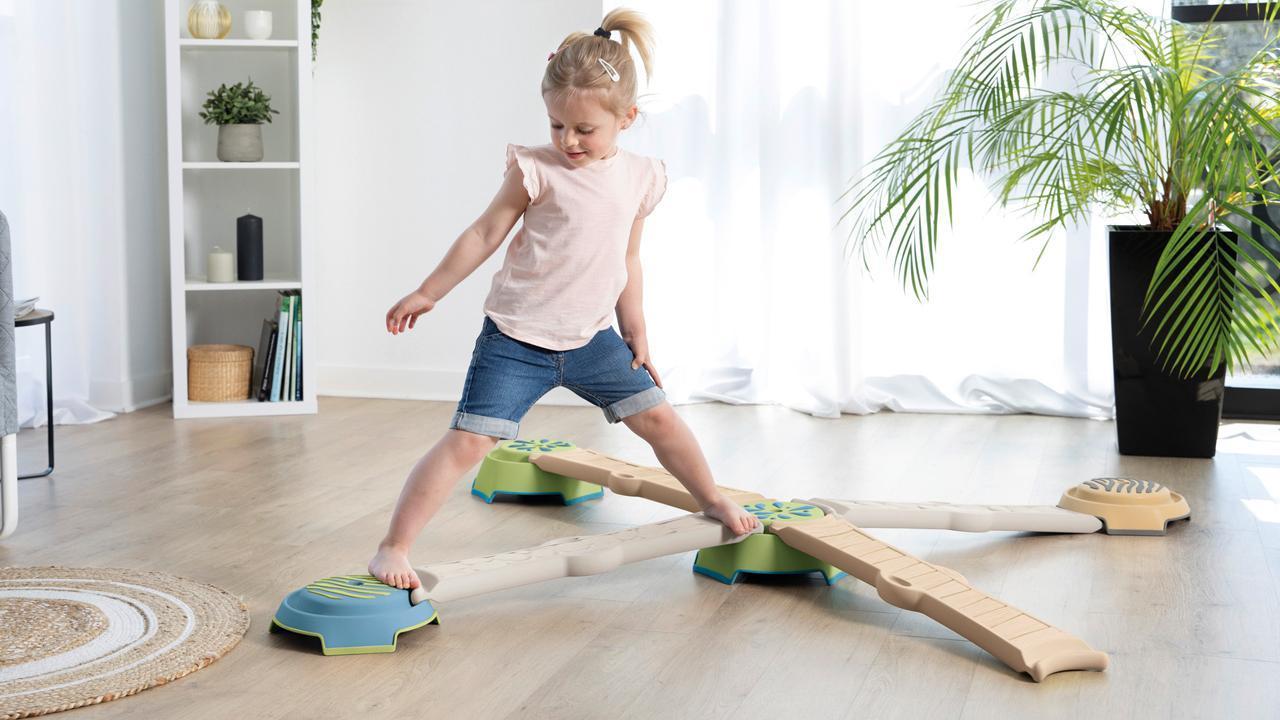
-
By
Katrin F.
Smoby presents: Sensory toy ideas and games
Our five senses are the channels through which we perceive the world. The great importance of sensory development in childhood is therefore obvious.
This article deals with the targeted promotion of sensory perception in children and explains how games with sensory toys can be helpful.
The most important facts in brief
- Sensory development: Sensory development begins in the womb and picks up speed quickly in the first months and years of life. It is the basis for healthy child development in other areas, such as motor skills, social skills and cognition.
- Advantages of sensory toys: Smoby sensory toys combine playtime fun with effective developmental support by inviting children to gain a variety of sensory experiences.
- Sensory toy games: Depending on the age group, different games with sensory toys are suitable for promoting sensory perception. Popular toys include outdoor toys, children's vehicles, plug-in and stacking games, motor skills toys and role-playing toys.
What is sensory development and why is it important for children?
Sensory development refers to the acquisition of the ability to perceive the environment through the senses of sight, touch, hearing, smell and taste and to classify these sensory impressions.
Sensory development begins very early in a child's life, even before birth. For example, unborn babies can already perceive sounds and their sense of touch is already very well developed when they are born.

In the first years of life, the sensory system develops rapidly, enabling children to find their way around the world increasingly well. Sensory competence lays the foundation for learning new things and acquiring important skills, as learning is not possible without sensory perception. Sensory development therefore has a significant influence on children's motor, cognitive and social development.
What benefits do toys offer for children's sensory development?
Children love to play, so games with sensory toys are ideal for combining playtime fun with sensory development. Sensory toys from Smoby offer particular advantages: It has a high-quality finish, thoughtful designs for valuable tactile experiences and is made from robust materials that last. In short, Smoby makes it easier for you to give your child the best possible support by playing with sensory toys.
Tips for parents: How to promote your child's sensory development at home
You can promote sensory integration, i.e. the processing of sensory stimuli in the brain, in everyday life at home. Almost every activity with your child involves sensory stimuli. With suitable games and sensory toys, you can specifically train the senses of sight, hearing and touch, especially with toys that combine different sensory impressions.
When your child plays with seesaws and swings, for example, several senses are stimulated: How does the seat feel? Are the handles soft or rough? How does the body sensation change at the highest point of the seesaw? What noises are made when rocking?
Outdoors, additional visual and auditory stimuli are added and kinaesthetic perception, i.e. body awareness, is improved.
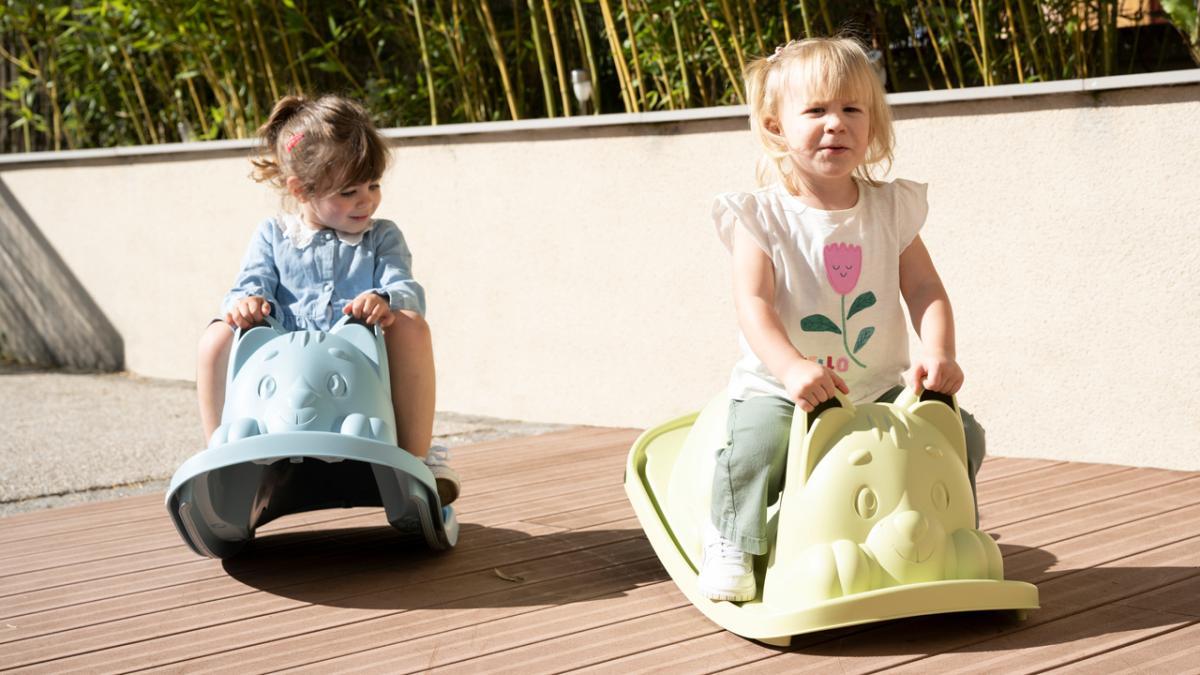
In the following, we look at the promotion of tactile, auditory and visual perception individually and present suggestions for meaningful games with sensory toys:
Tactile perception: surfaces and materials
When we talk about training tactile perception, we are talking about promoting children's sense of touch. This can be achieved by playing with sensory toys that have different, interesting textures and shapes. The Little Smoby 3 in 1 baby play seat Cosy Seat is a good example of a toy with which even the youngest children from the age of six months can gain exciting tactile perception experiences. The accompanying activity table is richly equipped with play elements, such as the rotating roller or the motor skills loop, which your child can explore to their heart's content with their little fingers while sitting comfortably and safely in the round seat.
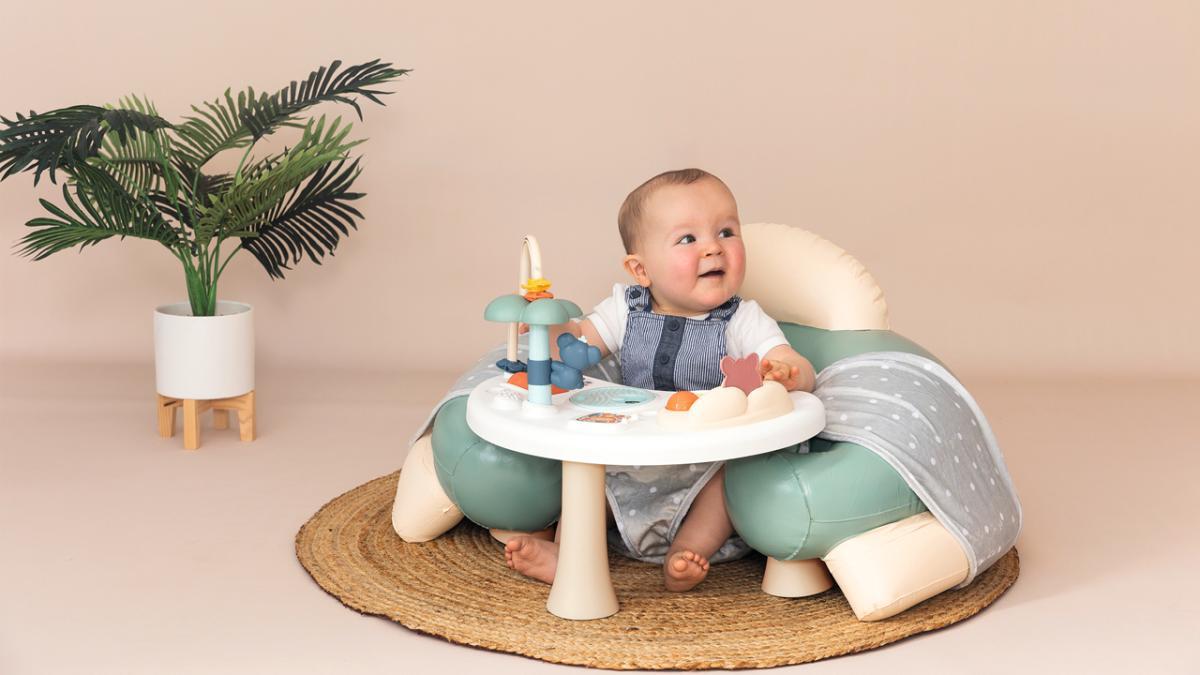
Would you like to try out the first games with your toddler to develop their sense of touch? Then you should take a closer look at our Explor Cube motor skills cube. With over 13 different play options for gripping, turning, opening and sorting, the motor skills cube guarantees a varied play experience. It has numerous different surface structures that need to be touched.
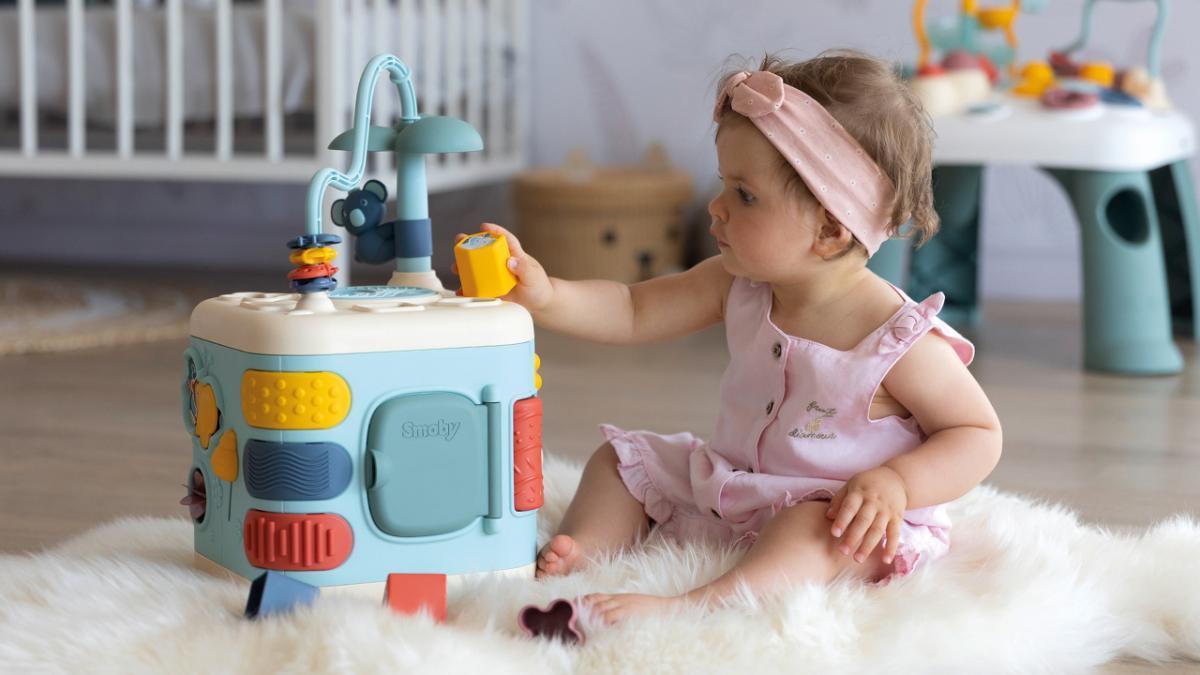
Acoustic perception: sounds and noises
The sense of hearing plays an important role in the sensory development of children, as they listen carefully long before they speak. Language development is directly linked to the sense of hearing. To promote acoustic perception, you can offer your child games with sensory toys that make noises. The more varied the sounds, the more reliably your child will learn to recognize and distinguish between different sounds.
Sonorous play with sensory toys is possible with the Little Smoby 3-in-1 baby walker, for example. In addition to versatile play elements that appeal to the sense of touch and motor skills, the colorful trolley includes a horn and a push bug that makes a "crick-crack" sound. The baby walker for children from the age of one combines components to promote motor and sensory development - for maximum developmental effect when playing.
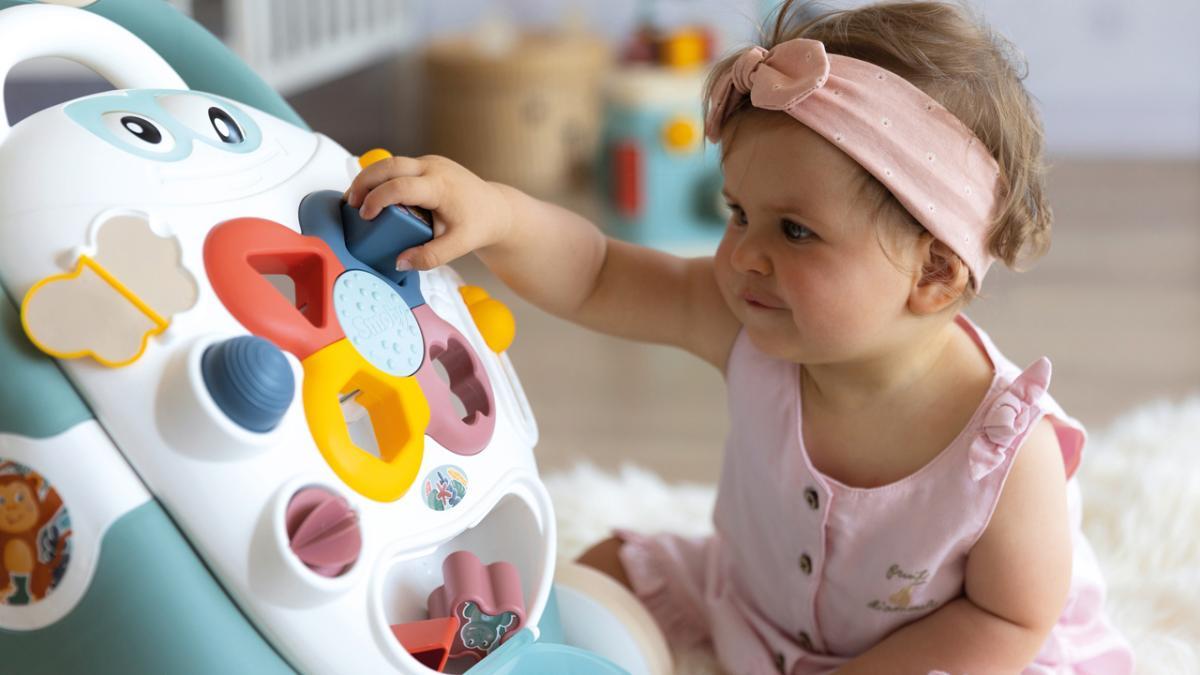
Visual and cognitive stimulation: colors and shapes
For visual and cognitive stimulation, you need games with sensory toys that have different colors and shapes. For example, if you play with the Smoby Life Mickey bucket set with watering can together with your child, you can introduce them to colors as well as round, wavy, angular and curved shapes. Ideally, you should always name the colors and shapes out loud so that your child gradually becomes familiar with the terms. Then you can turn the game around: Ask for red motifs, ask your child to grab an angular shape, or let them pick out all the yellow elements.
The best sensory toys to promote children's sensory development
Smoby offers a wide range of toys that optimally promote your child's sensory development. We would therefore like to introduce you to some more exciting sensory toys for different age groups.
Consolidating everyday movement sequences
Preparing meals in a children's kitchen, working at the children's workbench or experimenting at the make-up table: these are all activities that involve all kinds of sensory stimuli.
Most children from the age of around three are enthusiastic about such games with sensory toys from the role-play toy category. The big advantage: the toys encourage children to perform everyday movements in a safe environment. At the same time, role-playing games expand the imagination and improve language and motor skills.
Sensory development through movement
Children's vehicles and outdoor toys add even more movement to sensory-promoting play. When kids with more advanced motor skills race with scooters, climb climbing towers or slide, they experience a wide range of tactile, auditory and visual stimuli in combination with physical activity.
They train their kinaesthetic perception and balance, hone their coordination skills and develop a better body awareness.
Sand and water toys offer further great opportunities for outdoor play with sensory toys. Toddlers and older children alike enjoy the many tactile experiences they can have with sand and water. This is because when splashing around, decanting and pouring water, mixing sand and water, building sandcastles and similar activities, perception via the sense of touch is clearly in the foreground.
FAQ: Important information for parents about their child's sensory development
What is involved in sensory development?
Sensory development encompasses the development of the five human senses, but also includes the development of body awareness and the sense of balance.
Sensory development and learning?
Sensory skills are, so to speak, the door opener that makes cognitive learning possible in the first place. The better children can perceive and categorize the stimuli they perceive, the easier it is for them to develop further on a cognitive level.
When should sensory development begin?
It is already possible and sensible to promote sensory development in babies. In principle, it is not too early to start confronting children with sensory impressions in an age-appropriate way.














